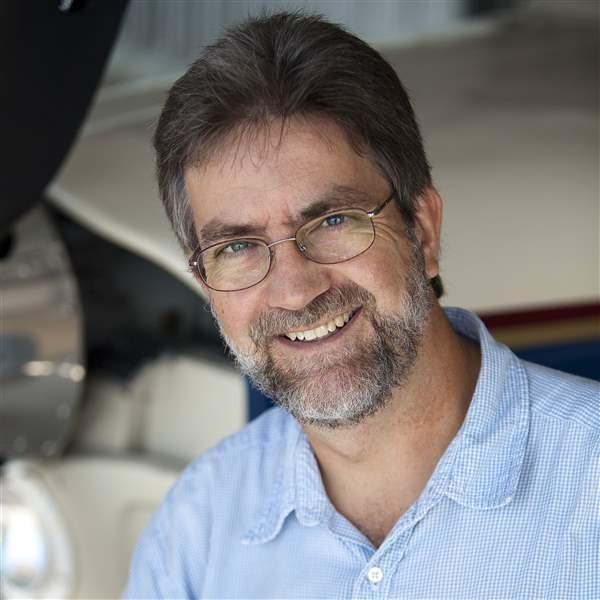Airline training emphasizes safety innovation
Because of this I recently attended a seminar on airline pilot training that was presented by the Air Line Pilots Association (ALPA) and the Aviation Safety Alliance, which has since merged with the Flight Safety Foundation. The event, held at the National Transportation Safety Board's training academy in Northern Virginia, included remarks by two members of the NTSB as well as Ken Mead, inspector general of the U.S. Department of Transportation. As you might expect, the event had a strong emphasis on safety.
The seminar was very interesting, and I'd like to share a few notes.
"In spite of these turbulent times, we're also going through one of the safest periods in terms of number of accidents," said Terry McVenus of ALPA. But there's more to safety than an absence of accidents, he added. "An accident is not a single event--it's a process that takes place."
"The record we're having in aviation is not an accident," said DOT's Mead. Credit goes to all stakeholders, he noted.
"Things have improved considerably over the years," said Deborah A.P. Hersman, a member of the NTSB. "With each investigation we learn a little bit." She noted that the board is currently investigating several accidents, and pilot training could be an issue in some of them.
Carol Carmody, a former member of the NTSB, described the board as "a retrospective agency," because it's looking at--and responding to--things that happened in the past. She discussed several accidents still under investigation that she believes will result in training recommendations. "How do we get to those issues before there's a crash?" she asked.
She expressed frustration that the FAA has ignored NTSB recommendations on runway incursions--and that the FAA does not require the use of International Civil Aviation Organization (ICAO)-standard English. "The differences aren't enormous for an English speaker, but they are there." Small changes in phraseology might not be how a non-English-speaker expects to hear a clearance or instruction, Carmody said.
"One of the key pieces that pilots have to apply every day is standard operating procedures," said ALPA's Scott Schleiffer. "Not following SOPs continues to play a role in accidents and incidents.
"An SOP is part of the process in which the PF [pilot flying] and PM [pilot monitoring] work as a team," he continued. "The key is setting SOPs and training how to use them." Schleiffer said ALPA's goal is clear, intuitive SOPs that are easily understood and transportable across both aircraft types and airlines.
Dave Carbaugh, Boeing's chief pilot for flight operations safety, said that flight deck design must be functional, compatible with pilots' existing skill set, and able to incorporate advances of the future. "Our number-one priority is always safety," he said. "Do we put every new technological gadget onto the airplane? No--it has to buy its way into the airplane."
Like general aviation, the airline industry is moving to embrace the new RNAV approaches, which are based on GPS but include vertical guidance--just like an instrument landing system would provide. "We have the accuracy in satellite navigation, and in the computers on the flight deck, to fly very precise vertical and horizontal paths," Carbaugh said. "The training implication is significant--one procedure to fly every approach to every runway. It's that simplicity thing. Now we have this wonderful capability, but we designed it such that it minimizes training workload." In the future, he said, one type of RNAV approach could replace today's wide variety of instrument approach types, including ILS, VOR, VOR/DME, and localizer.
In Atlanta, thousands of flights per week are using RNAV-based standard instrument departures (SIDs) and standard terminal arrival routes (STARs) that are not restricted by ground-based infrastructure--unlike most SIDs and STARs. "Certainly RNAV has been around for a while," said the FAA's Mark Steinbicker. "We're just starting to capitalize on it from a national airspace system perspective."
Glass-cockpit aircraft are indeed making their way into the training fleet. The Diamond DA40 we arranged to photograph for "Top of the Chart" (p. 22) was equipped with a glass panel. From time to time, we'll be including this technology in magazine photos and artwork. We hope you appreciate the variety.



